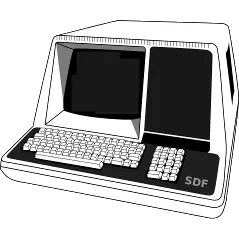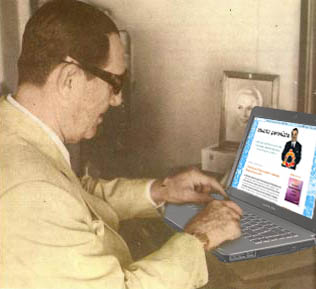At one point in time the most common system on the INTERNET was the PDP-10, a 36-bit mainframe computer developed by Digital Equipment Corporation int the 1960s. As the ARPAnet grew so did the number of interconnected PDP-10s. When the ARPAnet moved towards privatization in the 1980s companies such as Systems Concepts and Cisco Systems were working on developing the next generation of PDP-10. By 1984, DEC had turned their focus fully to the popular 32-bit VAX architecture with operating systems such as VMS and the thriving UNIX system. This left many PDP-10 hackers trying to figure out what to do with their octal counting and extra bits that they couldn’t cram into VMS or UNIX comfortably.
Timesharing bureaus as such CompuServe, TymShare and Applied Data relied on the PDP-10 for their large service networks. CompuServe had System Concepts building SC20, SC30 and eventually SC40 units as replacements for DEC PDP-10s. In fact, CompuServe was growing so quickly, that they effectively licensed the design of the SC40 and began building them in house.
In 1994 there were still many PDP-10s running on the INTERNET, but their days were numbered. SDF users started project “TWENEX” as a way to continue a TOPS-20 system alternative to UNIX for the community. (more details can be read at https://twenex.org).
Today, SDF continues to run PDP-10s and offers access on a Systems Concepts SC-40 and an XKL Toad-2
Here is what SDF’s Toad-2 looked like prior to its installation.

KL Toad-2
Lovely boards carry 36 bits!


